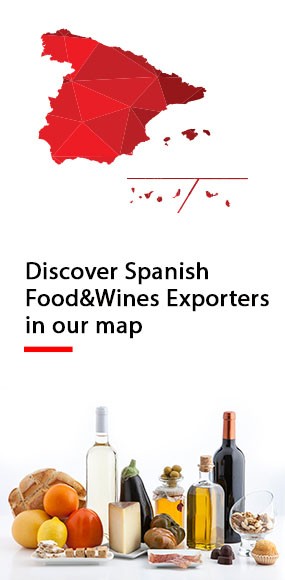.png.transform/rendition-xs/image_image%20(1).png)
Spanish Vinegar: A Tart Tale of Vinegar, PDOs, and a Splash of Flavor
One of the country's most emblematic and often underappreciated gastronomic treasures
The culinary identity of Spain is closely tied to its diverse landscapes, rich traditions, and deep respect for artisanal processes. Among these is its vinegar, that has played a significant role in Spain’s culinary and cultural history for centuries. It was integral to the preservation of food long before modern refrigeration, with its acidic properties making it an essential tool for keeping meats, vegetables, and fish fresh. During the Middle Ages, vinegar was not only used in food preservation but also prized for its medicinal properties. Monks and apothecaries would use it as an antiseptic, cleaning wounds and preventing infections.
Focusing in the kitchen, the use of vinegar became intertwined with regional flavors and culinary traditions, especially in dishes like salmorejo and gazpacho, where it added a key tangy note. It is also absolutely essential in escabeches, a marinade technique that originated purely as a method of preservation, where vinegar joins forces with white wine and oil to hold vegetables, meats, and fish in a mixture that enhances their texture and flavor.
In fact, of the five PDO vinegars recognized in Europe, three are Spanish—a testament to Spain’s leadership and dedication to producing high-quality, region-specific vinegars using time-honored methods. These are: Vinagre de Jerez, Vinagre de Montilla-Moriles, and Vinagre del Condado de Huelva.
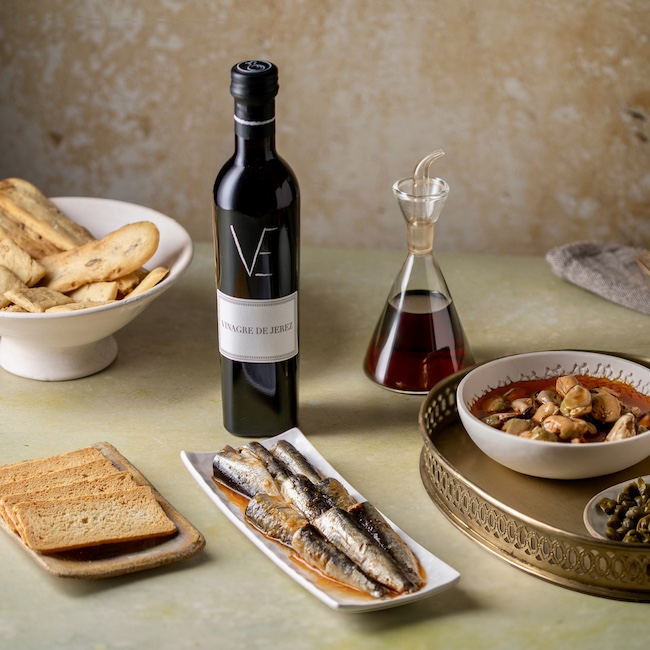
The PDO Vinegars of Spain
Produced in the historic wine region of Jerez de la Frontera in Andalusia, Vinagre de Jerez is arguably Spain’s most renowned vinegar. It is made from Jerez wines and aged through the traditional criaderas and soleras system, a fractional blending process using American oak barrels. The vinegar for bottling is drawn exclusively from the solera row of barrels closest to the ground. This technique, which is also used to age Jerez wines itself, allows the vinegar to develop layers of complexity and depth over time.
Vinagre de Jerez is available in various styles, depending on the grape variety used and the aging period. Some expressions are light and tangy, while others—especially those aged over 10 years—are rich, concentrated, and slightly sweet. Its bold character makes it ideal for dressings, reductions, marinades, and classic Andalusian recipes such as the already mentioned salmorejo or gazpacho or another cold soup: the ajoblanco.
Also from Andalusia, the Vinagre de Montilla-Moriles PDO offers a distinct profile shaped by its local winemaking tradition. They can be classified in dry vinegars or sweet vinegars. They are made exclusively from wines produced under the Montilla-Moriles PDO, ensuring authenticity and a direct link to the region’s viticultural heritage.
While the dry vinegars can be obtained through the traditional solera system or static aging, the sweets change a little bit: Pedro Ximénez or Moscatel base wines may be added before the vinegar is aged in oak casks, resulting in complex and expressive products. The use of these sweet grape varieties lends a signature aromatic richness, with notes of dried fruit, honey, and wood.
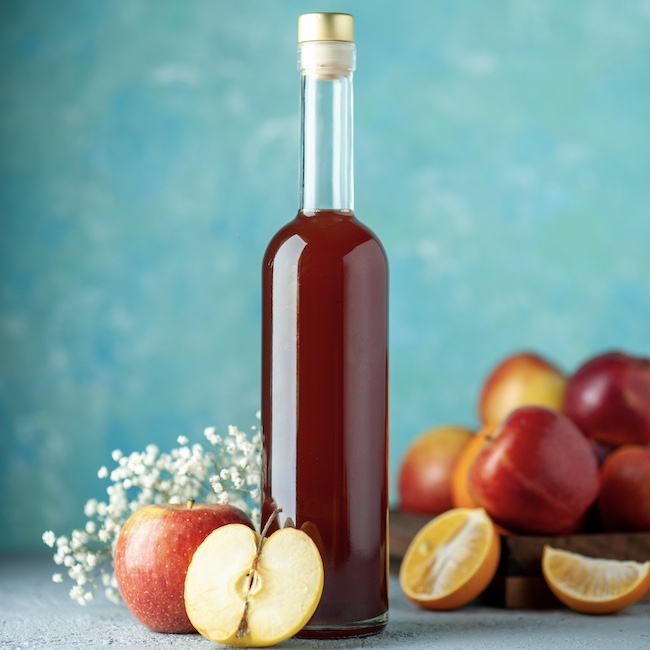
Depending on its age, Vinagre de Montilla-Moriles can range from refined and bright to deeply concentrated and smooth—perfect for dressings, slow-cooked sauces, or even modern reinterpretations of traditional recipes.
The coastal region of Condado de Huelva, also in Andalusia, completes the trio. It is crafted using either fermenters or traditional artisanal methods (criaderas and soleras system again) . What sets Huelva vinegar apart is its delicate balance of freshness and complexity, often with subtle floral and saline notes that reflect the region’s Atlantic influence.
It’s frequently used in seafood dishes, pickles, and vegetable preparations, where a clean but flavorful acidity is essential.
Vinegar in Spanish Cuisine
Vinegar plays a central role in many traditional Spanish recipes. Beyond the better-known gazpacho family and escabeches, it is a key ingredient in dishes like boquerones en vinagre (anchovies marinated in vinegar), pipirrana (a tomato and pepper salad from southern Spain), and countless adobos (marinades) used for fish and meats.
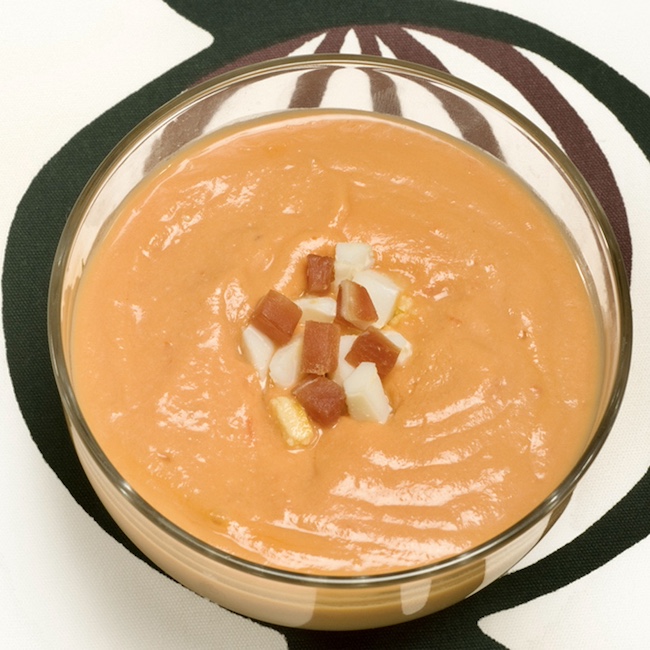
Its ability to balance rich flavors, add freshness, and act as a natural preservative has made it indispensable in Spanish kitchens. Even among avant-garde chefs, vinegar is undergoing a renaissance.
Notably, Paco Morales, the Michelin-starred chef behind Noor in Córdoba, has begun producing his own vinegar. As part of his broader project to reinterpret Andalusian cuisine through a historical lens, Morales views vinegar not as an afterthought, but as a foundational element of flavor.
Beyond the PDOs: Innovation Across Spain and Abroad
While the PDO labels represent the pinnacle of regulated, traditional vinegar production, Spain is also home to innovative vinegar makers outside these designations who are pushing boundaries while maintaining quality.
Badia Vinagres, a family-run company in Catalonia since 1908, produces an impressive range of vinegars made from cava, other wines, and even beer. Their line includes both classic and flavored varieties, reflecting a commitment to both tradition and creativity.
In the northwestern region of Galicia, Vinagres do Ribeiro uses native grapes such as Treixadura and Albariño to craft unique vinegars with floral, fruity profiles. These vinegars are small-batch, carefully aged, and ideal for modern gastronomy that values origin and character.
Beyond their strong domestic presence, Spanish vinegar producers have carved out a respected place in international markets, exporting a wide variety of high-quality vinegars to countries across Europe, the Americas, and Asia.
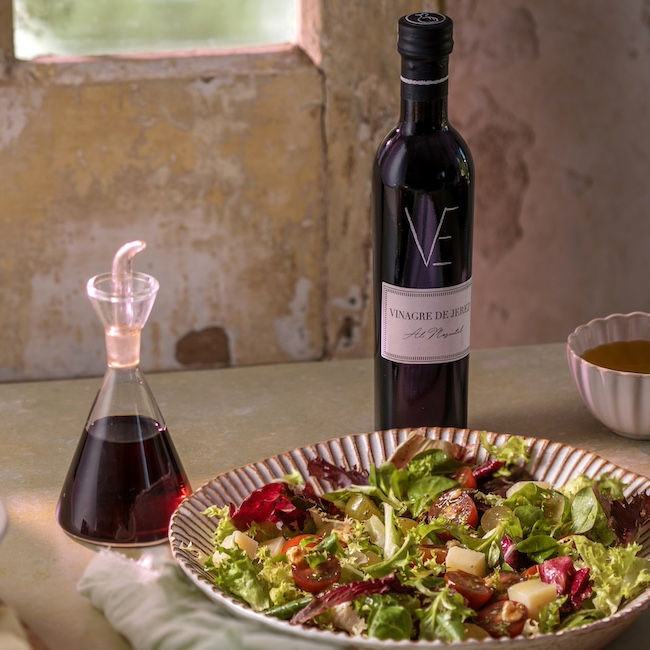
In 2022, latest data available, Spain exported 70 million liters of vinegar, marking a 5% increase compared to the previous year. The main destinations for Spanish vinegar were the United Kingdom (14.3 million liters), France (13.9 million), Italy (8.3 million), and the United States (6.6 million).
Vinagres de Yema, based in Cádiz (Andalusia), began its journey with a focus on Sherry vinegar and now exports 30% of its production. The company distributes to France, Italy, and Germany in Europe and also has a presence in the United States. In addition, it is starting to expand into new Asian markets, such as China and Japan.
Goyval Vinagres is another standout company in the Spanish vinegar landscape. Based in Albacete (Castile–La Mancha), it was a pioneer in the production of organic vinegars. With an annual output of over 6 million liters, Goyval distributes its products to gourmet shops, organic food stores, and supermarkets, both in Spain and internationally. Their main export markets include Australia, Brazil, Canada, and China.
Thanks to growing global interest in Mediterranean cuisine and artisanal food products, Spain has become a key player in the premium vinegar segment, offering both PDO-certified vinegars and modern, creative alternatives that resonate with international chefs and food lovers alike.

